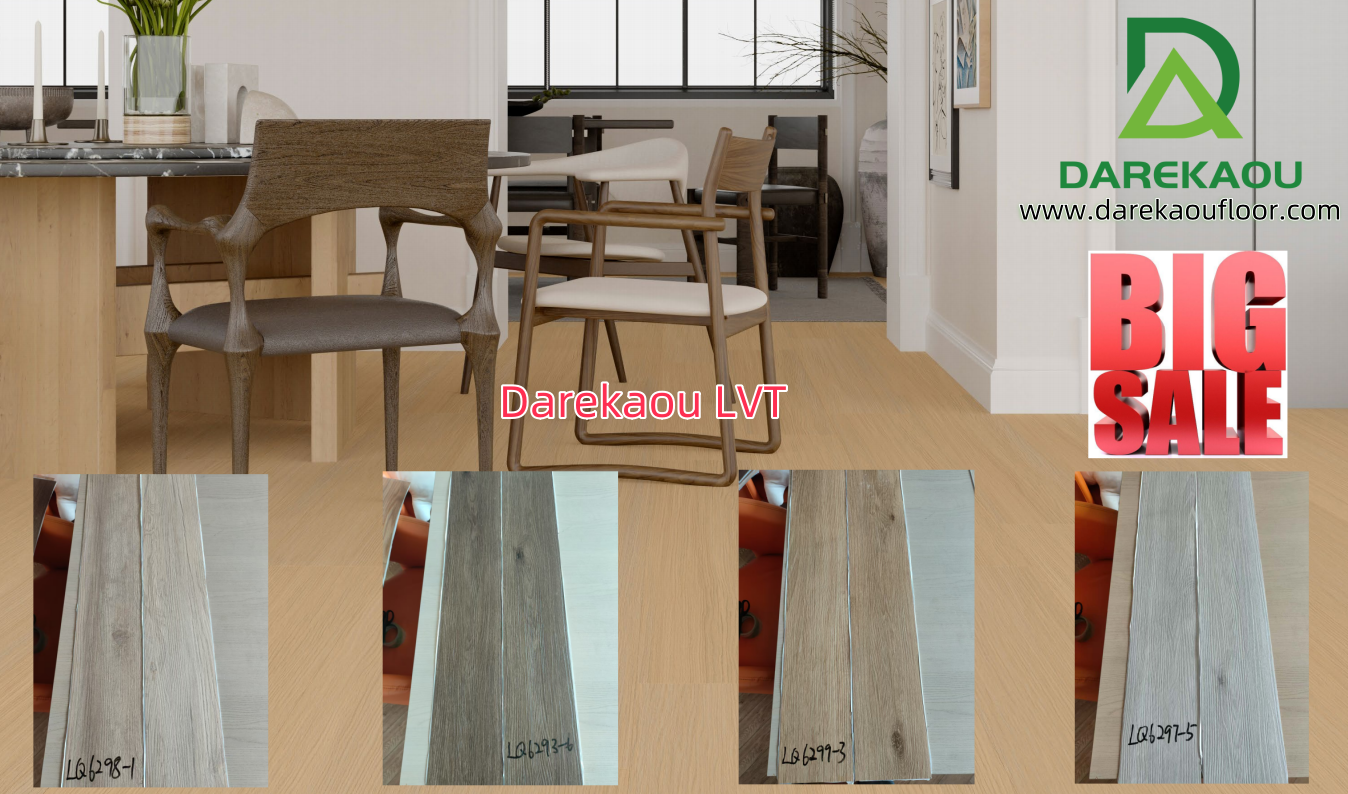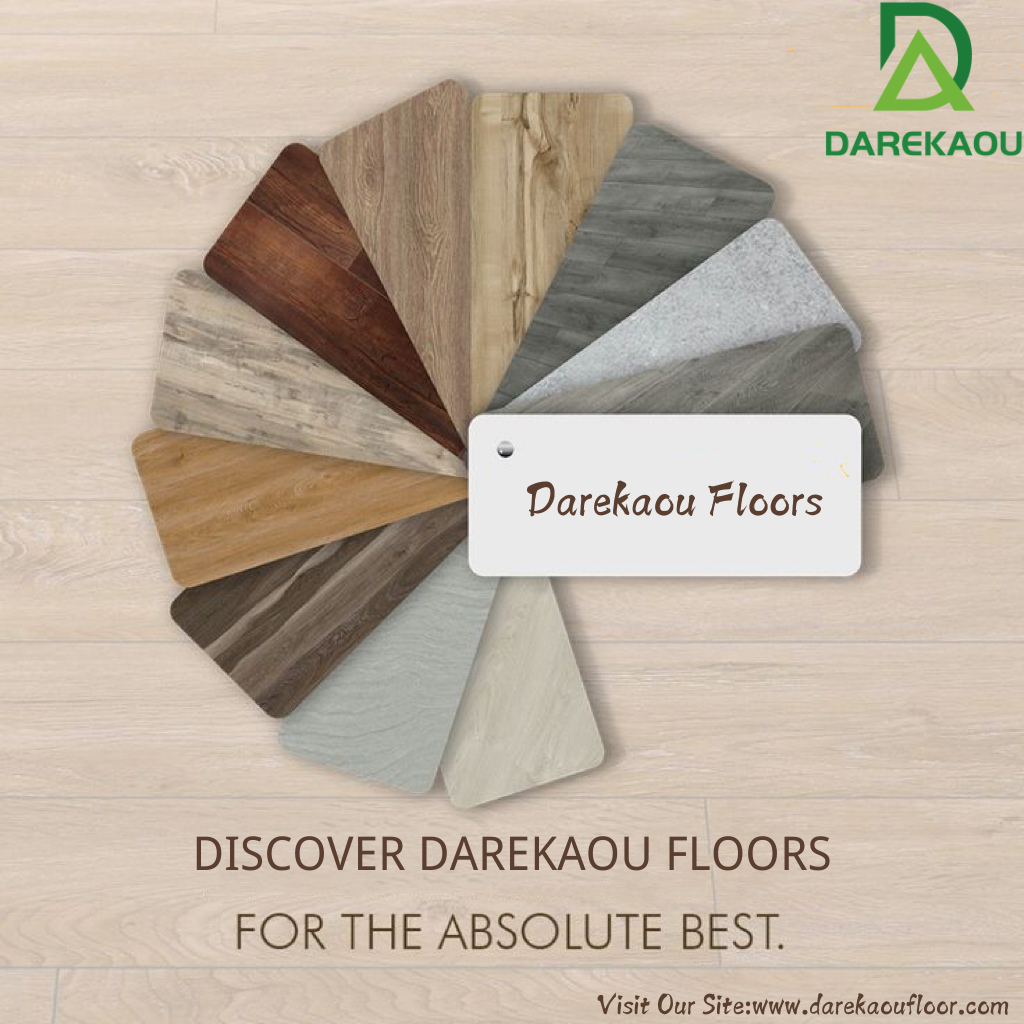As Latin America undergoes rapid urbanization and digital transformation, the demand for smart flooring solutions is surging. These advanced systems, integrating IoT, AI, and sustainable materials, are reshaping industries from healthcare to retail. This article explores the dynamic landscape of smart flooring in Latin America, highlighting key trends, applications, and strategies to position your brand as a leader in this burgeoning market. Optimized for SEO, this content aims to enhance your website’s visibility and attract clients seeking cutting-edge flooring technologies.
1. The Latin American Smart Flooring Market: A Catalyst for Growth
Latin America’s smart flooring market is on a trajectory of exponential growth, driven by urbanization, government initiatives, and technological adoption. According to IMARC Group, the global smart flooring market is projected to reach USD 11.257 billion by 2033, with Latin America emerging as a critical growth hub . Key drivers include:
a. Urbanization and Infrastructure Development
With 80% of Latin Americans living in cities , urban centers like São Paulo, Mexico City, and Santiago are prioritizing smart infrastructure. Projects such as Santiago’s energy management system and Medellín’s smart mobility initiatives (SIMM) exemplify the region’s commitment to innovation . Smart flooring, which optimizes energy use and enhances public safety, aligns perfectly with these goals.
b. Government Support for Smart Cities
Latin American governments are investing heavily in smart city frameworks. For instance, Brazil’s Programa Casa Verde Amarela and Mexico’s smart government initiatives prioritize energy-efficient and IoT-integrated solutions . These policies create a fertile ground for smart flooring adoption in public spaces, healthcare facilities, and commercial buildings.
c. Rising Demand for Sustainable Solutions
Consumers and businesses alike are embracing eco-friendly flooring options. Latin America’s sustainable flooring market, including WPC and bamboo, is growing at a double-digit CAGR . Smart flooring, which often incorporates recycled materials and energy-generating technologies (e.g., kinetic dance floors), aligns with this trend .

2. Key Trends Shaping Smart Flooring in Latin America
a. IoT and 5G Integration
Latin America’s 5G connections are expected to reach 62 million by 2025 , enabling real-time data analytics for smart flooring. For example:
Retail Analytics: Sensors embedded in flooring can track customer foot traffic, helping retailers optimize store layouts. Companies like Scanalytics are already deploying such solutions in North America and Europe, with Latin America poised to follow suit .
Energy Efficiency: Smart flooring systems can adjust HVAC and lighting based on occupancy, reducing energy costs by 34% .
b. Healthcare and Senior Living Applications
Smart flooring is transforming patient care in Latin America. In healthcare facilities, sensors detect falls and monitor gait patterns, reducing injuries and improving rehabilitation outcomes . With 10% of Latin America’s population aged 65+ and rising, demand for such solutions is expected to surge .
c. Kinetic Energy Harvesting
Latin America’s vibrant cultural scene is driving demand for kinetic dance floors that generate electricity from human movement. Events like music festivals and sports venues are adopting these technologies to reduce carbon footprints while creating engaging experiences .
d. Luxury Vinyl Tiles (LVT) with Smart Features
LVT, already popular in Latin America for its affordability and durability, is evolving to include smart functionalities. Brands like Tarkett and Armstrong Flooring are integrating sensors into LVT to offer moisture detection and temperature control, appealing to both residential and commercial clients .

3. Strategic Opportunities for Market Players
a. Targeting Niche Sectors
Healthcare: Partner with hospitals and senior living centers to install fall-detection flooring. For example, Scananalytics’ solutions have reduced fall-related injuries by 30% in U.S. healthcare facilities .
Retail: Collaborate with malls and supermarkets to implement foot traffic analytics, helping businesses optimize inventory and customer flow.
Smart Cities: Bid on government contracts for public spaces like airports and stadiums, where smart flooring can enhance safety and sustainability.
b. Localized Partnerships
Latin America’s regulatory landscape is complex, making local partnerships crucial. Companies like Transatel are expanding their IoT infrastructure in Brazil, collaborating with local carriers to ensure compliance and seamless connectivity . By aligning with regional trade associations and local manufacturers, brands can navigate barriers and build trust.
c. Digital Marketing and SEO
To rank higher on Google, optimize content with keywords like:
“Smart flooring solutions Latin America”
“IoT flooring for smart cities”
“Kinetic energy flooring Brazil”
Incorporate internal links to product pages (e.g., LVT with sensors) and external links to authoritative sources (e.g., GSMA’s 5G reports) . Leverage case studies and testimonials to showcase your expertise.
d. Sustainability-Driven Innovation
Latin American consumers prioritize eco-friendly products. Highlight how your smart flooring solutions contribute to sustainability goals, such as reduced energy consumption or use of recycled materials. Certifications like PEFC and EPD can strengthen your brand’s credibility .
4. Challenges and Mitigation Strategies
a. High Initial Costs
Smart flooring systems can be expensive, deterring budget-conscious clients. Mitigate this by offering modular solutions (e.g., sensor strips for high-traffic areas) or leasing models. Emphasize long-term savings through energy efficiency and reduced maintenance.
b. Regulatory Complexity
Latin America’s fragmented regulations require meticulous compliance. Work with local legal experts to navigate standards like Brazil’s Procel program and Mexico’s energy efficiency laws .
c. Consumer Awareness
Many Latin American consumers are unfamiliar with smart flooring. Launch educational campaigns through social media, webinars, and industry events. For example, host workshops at trade shows like EXPOCONSTRUCCION EXPODISENO in Colombia .
5. Case Studies: Real-World Applications
a. Healthcare in Brazil
A leading hospital in São Paulo installed smart flooring with fall-detection sensors, reducing patient injuries by 25% and improving staff response times. The system also monitors room occupancy to optimize cleaning schedules, saving 15% in labor costs .
b. Retail Analytics in Mexico
A major shopping mall in Mexico City deployed foot traffic analytics flooring, enabling retailers to identify peak hours and adjust staffing accordingly. This resulted in a 12% increase in sales for participating stores .
c. Kinetic Energy Flooring in Chile
A music festival in Santiago used kinetic dance floors to generate electricity, powering stage lighting and reducing the event’s carbon footprint by 20%. The initiative was sponsored by local energy companies, enhancing brand visibility .

6. Future Outlook
Latin America’s smart flooring market is poised for hyper-growth, driven by 5G expansion, government mandates, and sustainability trends. By 2030, the region’s smart home market is projected to reach USD 17.78 billion, creating a massive opportunity for integrated flooring solutions . Companies that invest in R&D, forge local partnerships, and prioritize sustainability will dominate this emerging sector.
Conclusion
Latin America’s smart flooring market offers unparalleled opportunities for innovation and growth. By aligning with regional trends, leveraging SEO strategies, and delivering value-driven solutions, your brand can position itself as a leader in this dynamic landscape. Stay ahead by embracing IoT integration, sustainability, and localized partnerships—key pillars for success in Latin America’s smart flooring revolution.
English
العربية
Français
Русский
Español
Português
Deutsch
italiano
日本語
한국어
Nederlands
Tiếng Việt
ไทย
Polski
አማርኛ
Türkçe
ភាសាខ្មែរ
Bahasa Melayu
ဗမာစာ
Filipino
Bahasa Indonesia
magyar
Română
Čeština
Монгол
қазақ
Српски
हिन्दी
فارسی
Slovenčina
Norsk
Svenska
українська
Ελληνικά
Suomi
Հայերեն
עברית
Latine
Dansk
Afrikaans
Eesti keel
Māori
Oʻzbekcha
Azərbaycan dili
Беларуская мова
Български
ქართული
íslenska
Кыргызча
Татарча
ئۇيغۇرچە














